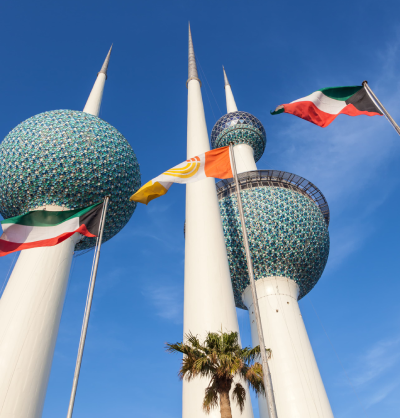The Shi‘ites of Lebanon provides an interesting investigation into the historical roots of political life in Lebanon. Specifically, the work focuses on the Shi‘a community in the southern part of the state, its political, socio-economic and ideological development, over time, and the evolution of the ‘Party of God’ (i. e. Hizbullah) and its policies. The book develops a solid chronological analysis of the aforementioned and highlights a close historical examination of the main patterns that led to the current political situation in Lebanon. The authors commence the discussion from the late 19th century, when Lebanon did not yet exist, and the communities in the area were all part of the Ottoman Empire. The haphazard reforms attempted by the Sultan, followed by the division of the region by British and French Mandates, created a difficult environment for the Shi’a community to thrive in. As the analysis continues, the reader sees how the initial problematic situation went unresolved. Neither the colonial powers nor the independent state of Lebanon were capable of addressing the issues of a seemingly marginalised community—Shi‘a. The authors clearly explain the socio-economic, religious and cultural reasons that prevented the Shi‘a community from integrating into the newborn polity, first through banditism, then through the expansion and revival of ideologies which shaped new political movements and parties that came to represent the Shi‘a community.
Now that the content of the book is clear, it is crucial to highlight the most relevant points made by the authors. In order to do so, it is necessary to adopt a critical approach that can underline contributions to academia and, at the same time, more dubious aspects, in order to encourage further research.
The authors show the peculiar relationship between tradition and modernisation for the Shi‘a community. Such a relationship is divided in two main aspects: the spreading of Western secular ideologies (specifically Marxism) and the reaction of the clerical establishment to such an ideological persuasion. Yet a religiously grounded Marxism blossomed in the Shi‘a community during the 1930s especially among the youth. This ideology combined social awareness and eschatological perspectives. The ulama of both Lebanon and the city of Najaf in Iraq (seat of the most important seminar for the Shi’a jurists) were preoccupied by such a threat, because of power issues, rather than religion—as the authors suggest. The ulama thought that land reform, secularisation of family law and the appeal of Communism for young Shi‘ites would, if implemented, damage their power inside the Shi‘a community. Therefore, the Shi‘a clergy adopted Third Worldist rhetoric and acted on the social level in support of the Shi‘a community to replace the Marxists.
However, there are some more dubious aspects of the book that must also be addressed. First, the way the authors describe the birth of Hizbullah is controversial. Their focus is, most of the time, internal to the Shi‘a community and they contend that the appearance of the ‘Party of God’ simply was inspired by the Iranian revolution (p. 129) a fact that is certainly correct but hardly complete. The interest of the newborn Islamic Republic of Iran was to expand and export the revolution. Therefore, it should be highlighted more properly not only the theoretical connection between Hizbullah and the velayat e-faqih, but even the political, economic and military connection between Iran and the ‘Party of God.’
A second aspect to consider is the relationship between the different confessions inside Lebanon. While the authors are clearly focused on the Shi‘a community, and they elaborate their analysis according to this perspective, still, a more defined connection to the other confessions of the state could have been usefully deployed to better comprehend the situation of both the Shi‘a community as well as Lebanon as a whole. This criticism does not imply that there is no space in the book for inter-confessional relations but, given that Lebanon is a sectarian state with a constitution built on such divisions, a deeper analysis of these issues would enhance the overall content of the work.
Finally, the authors conclude that the success of Hizbullah is partly due to its adaptation to the democratic system of Lebanon between the 1980s and 2000 (p. 214). This may not be accurate since it is problematic to define Lebanon as a proper democracy and it is also difficult, if not impossible, to explain how a party may adapt to it. Many political parties throughout history have paid attention to marginalised people, but such attention did not necessarily represent a real commitment to democratic values.
All considered, The Shi‘ites of Lebanon is a relevant and intriguing book, well-documented and with the potential of contributing to the debate inside academia about the historical development of Islamist movements such as Hizbullah. Moreover, it depicts the evolution of the political and socio-economic perspectives of a sect that, given the current situation in the region, is particularly appealing for those who are interested in understanding history, current politics and their extremely tight-knit connection.








